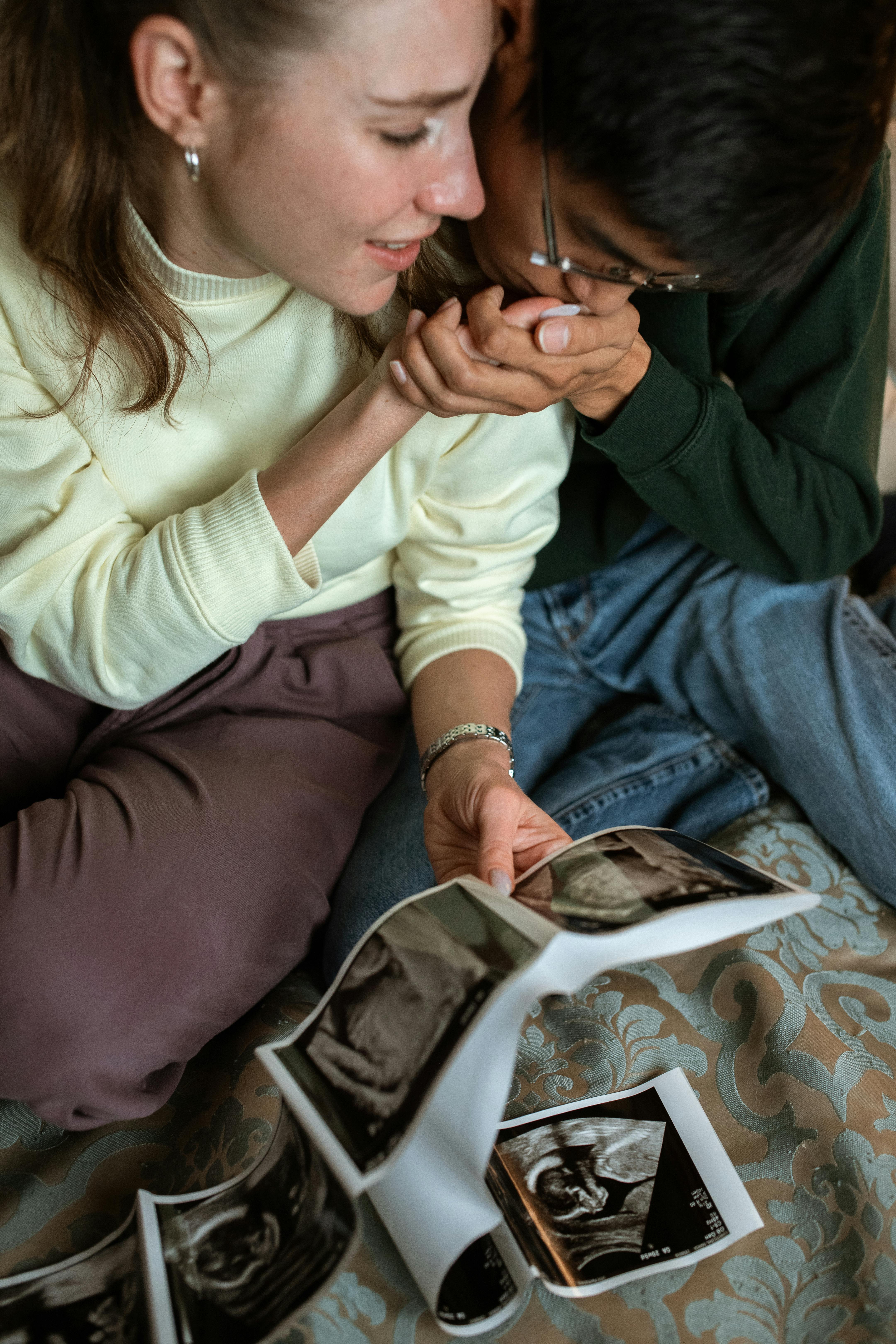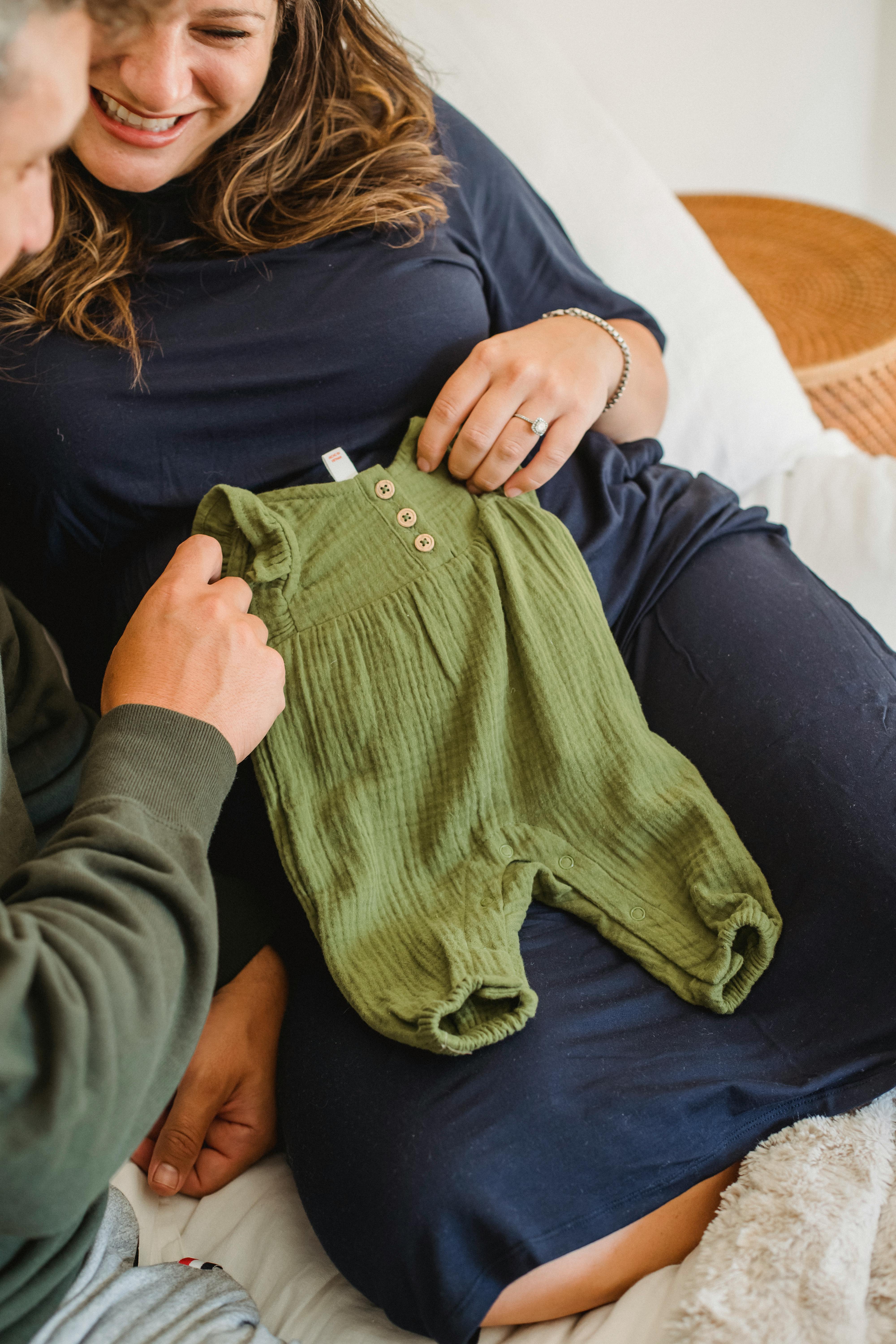Comprehensive Guide to Preparing for a C-Section: What Expectant Mothers Need to Know

There's a common saying that when it comes to childbirth, a mother must be prepared for any direction the process may take. In some cases, this might involve a C-section. Whether a C-section is planned due to medical reasons or comes as a surprise during labor, understanding the process can help expectant mothers navigate this experience with confidence. This comprehensive guide is designed to provide essential knowledge about preparing for a C-section.
When Is A C-Section Necessary?
A C-section, otherwise known as a cesarean section, is a surgical procedure carried out to deliver a baby through incisions made in the mother's abdomen and uterus. There are several reasons why a C-section might be necessary. This can include complications during pregnancy, the baby's orientation in the womb, health risks to the mother or the baby, or if the mother has had a previous C-section.
The Pre-C-Section Checklist
Once the decision has been made to have a C-section, there are several factors to consider. It is advisable to have a prenatal appointment with your healthcare provider to discuss the procedure, potential risks, and your postoperative care plan.
When packing for the hospital, remember that your stay might be longer than with a vaginal delivery, so make sure to pack enough items. This includes maternity underwear suitable for C-section recovery, loose-fitting clothes, toiletries, baby supplies, and items to help you remain comfortable, like your favorite pillow or blanket.
What Happens During a C-Section?
The procedure itself usually lasts about 45 minutes to an hour. The mother is typically awake, but numb from the chest down due to anesthesia. A screen is set up so that the mother is not directly viewing the surgery, but she might still feel some pressure or tugging sensations as the baby is being delivered.
After the baby is born, there is typically an opportunity for immediate skin-to-skin contact, if the mother wishes for this and the baby's condition allows it. After this brief moment, the baby is taken for routine newborn care while the surgical team finishes the procedure.
Recovery After a C-Section
The initial recovery period in the hospital typically lasts three to four days. After being moved to the recovery room, it's normal to feel very tired and sleepy due to the effect of the anesthesia. As anesthesia wears off, you might feel pain at your incision site—this is usually managed with medication.
Once you're home, remember that your body has been through a major event, and you will need time to recover. Battle the overwhelming desire to 'bounce back' immediately. Your key focus should be on rest and baby care. Practice gentle movements when leaving the bed or couch to protect the healing incision.
Balancing Baby Care and Recovery
Balancing the demands of a newborn and your recovery can be challenging. Don’t hesitate to ask for help from friends, family, or your partner. Ensure everything you need is within reach to limit your movements. This includes baby supplies, water, healthy snacks, phone, etc.
Make sure to keep the incision clean and dry. Monitor for any signs of infection, such as redness, pain, or discharge, and contact your healthcare provider immediately if noticed.
Emotional Aspects of A C-Section
In addition to the physical aspects, it's also important to acknowledge the emotional components of having a C-section, which can sometimes stir up unexpected feelings. If you're experiencing emotional challenges post-delivery, consider seeking support from mental health professionals, support groups, or loved ones who can offer understanding and comfort.
A C-section, like any other aspect of childbirth, can be a rollercoaster of emotions and sensations. Being well-informed and well-prepared can help make the journey smoother and contribute to a positive birth experience. Always remember, the ultimate goal is a healthy mother and a healthy baby, no matter the method of childbirth.





